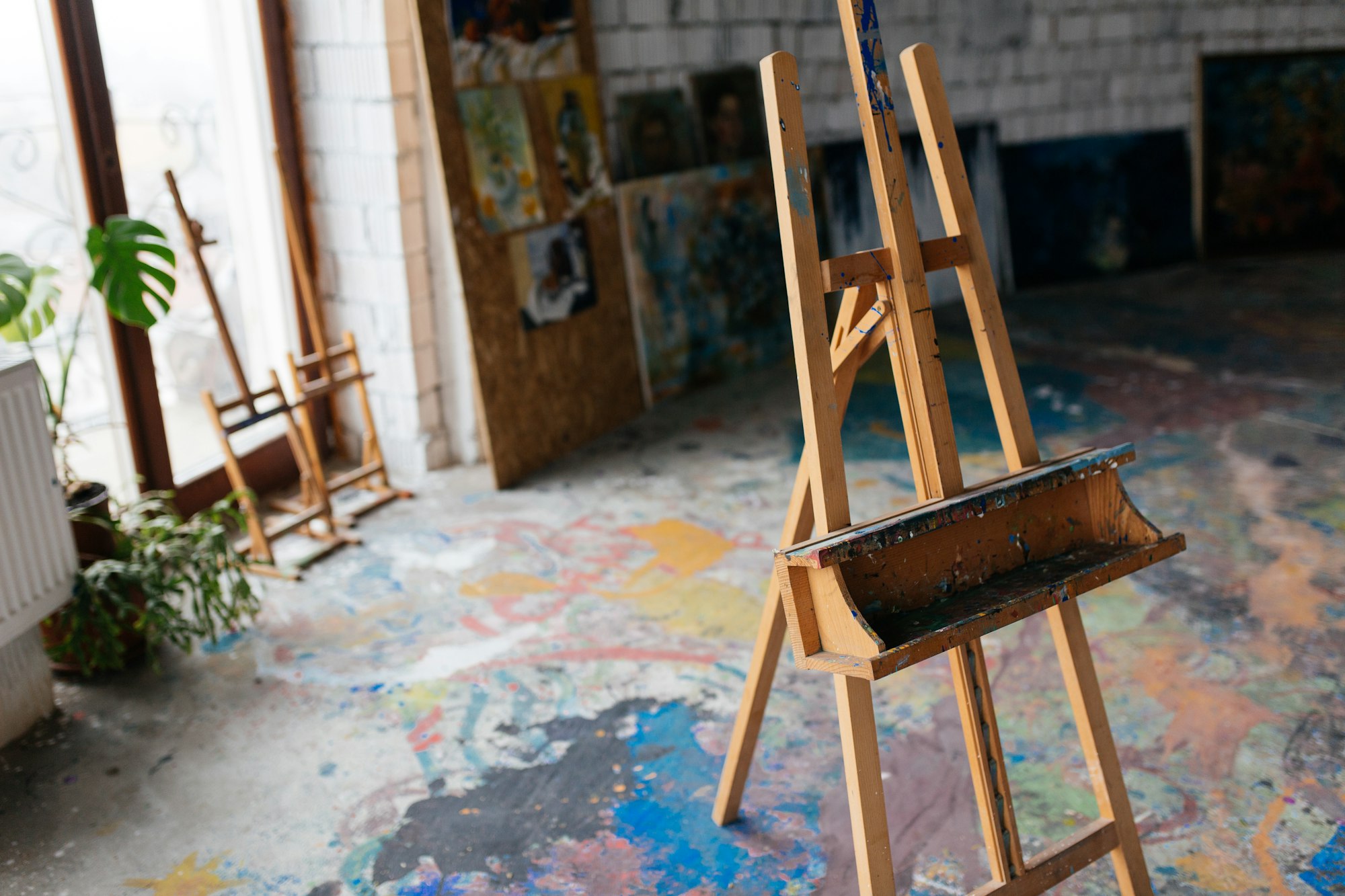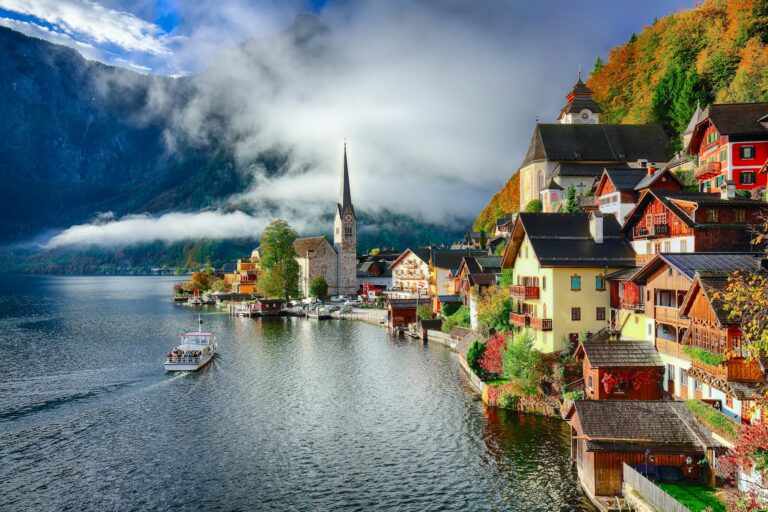Portrait art has been a cornerstone of the art world for centuries, capturing the essence of individuals and immortalizing them on canvas. But in today’s ever-evolving artistic landscape, traditional portraiture is being redefined in fresh and exciting ways. Let’s dive into the world of modern portrait art and explore how contemporary artists are breathing new life into this classic genre.
1. The Evolution of Portrait Art
1.1 From Classical to Contemporary
Portrait art has come a long way from the stately, formal depictions of royalty and nobility. In the past, portraits were often about status and power, with artists like Rembrandt and Velázquez setting the standard. Fast forward to the 21st century, and you’ll find a diverse array of styles and techniques that reflect a broader spectrum of human experience.
1.2 The Role of Technology
Technology has played a significant role in transforming portrait art. Digital tools and software have expanded the possibilities, allowing artists to experiment with different mediums and techniques. From digital painting to augmented reality, technology has opened new avenues for creativity and expression in portraiture.
2. Innovative Techniques in Modern Portraiture
2.1 Mixed Media Magic
Contemporary artists are breaking away from traditional methods by incorporating mixed media into their portraits. This approach can include anything from combining painting with collage to integrating found objects and textiles. The result is a layered, textured work that offers a rich, multi-dimensional experience.
2.1.1 Case Study: Collage Portraits
Collage portraits involve piecing together different materials to create a cohesive image. Artists like Kehinde Wiley have used this technique to blend classical portraiture with modern elements, creating striking, thought-provoking works.
2.2 Abstract Interpretations
Another innovative approach to portrait art is abstraction. Instead of focusing on realistic representation, artists use shapes, colors, and forms to convey the essence of their subjects. This style challenges viewers to look beyond the surface and connect with the deeper emotions and ideas behind the portrait.
2.2.1 The Impact of Color and Form
In abstract portraits, color and form take center stage. Bright, bold colors can evoke a sense of energy and vitality, while softer, muted tones might suggest introspection and calm. The use of geometric shapes and fluid lines adds another layer of meaning, inviting viewers to interpret the work in their own way.
2.3 Digital and Augmented Reality
The rise of digital art has given birth to new forms of portraiture that blend traditional techniques with cutting-edge technology. Digital painting, for instance, allows artists to create detailed, lifelike portraits with the flexibility to experiment and revise their work easily.
2.3.1 Augmented Reality Portraits
Augmented reality (AR) takes digital portraiture to the next level. Artists can create interactive portraits that come to life through AR apps, offering viewers an immersive experience. This technology can be used to add layers of information, animation, or even sound, making the portrait more dynamic and engaging.
3. Pushing Boundaries with Unique Perspectives
3.1 Self-Portraiture Revisited
Self-portraiture has always been a way for artists to explore their identity and express their inner thoughts. Today, artists are pushing the boundaries by incorporating unconventional materials and techniques, from body paint to performance art.
3.1.1 The Rise of Conceptual Self-Portraits
Conceptual self-portraits focus on the artist’s ideas and emotions rather than their physical appearance. This approach allows for a more introspective and abstract representation, offering a glimpse into the artist’s psyche.
3.2 Portraits of the Unseen
Modern portraiture isn’t limited to human subjects. Some artists are turning their attention to objects, animals, and even landscapes, portraying them in ways that evoke the presence and personality of a living being.
3.2.1 Anthropomorphic Portraits
Anthropomorphism involves attributing human characteristics to non-human subjects. Artists like Walton Ford create detailed, lifelike portraits of animals that convey human-like emotions and narratives, blurring the line between reality and imagination.
4. The Impact of Cultural and Social Contexts
4.1 Reflecting Social Issues
Many contemporary portrait artists use their work to comment on social and cultural issues. By incorporating elements of social critique, these portraits become powerful tools for raising awareness and sparking conversation.
4.1.1 Activism Through Art
Artists like Ai Weiwei use portraiture to highlight human rights issues and advocate for social change. These works often feature powerful imagery and symbolism, encouraging viewers to engage with important topics.
4.2 Celebrating Diversity
Modern portraiture celebrates diversity in all its forms. Artists are exploring themes of gender, race, and identity, creating portraits that reflect the richness and complexity of the human experience.
4.2.1 Inclusive Representation
Inclusive portraiture aims to represent a wide range of people and experiences, challenging traditional norms and stereotypes. This approach not only broadens the scope of portrait art but also fosters a more inclusive and empathetic society.
5. The Future of Portrait Art
5.1 Embracing New Mediums
As technology continues to evolve, so too will the mediums and techniques used in portrait art. Virtual reality (VR) and artificial intelligence (AI) are already beginning to make their mark, offering exciting possibilities for the future.
5.1.1 AI-Generated Portraits
AI can analyze and replicate artistic styles, creating new portraits based on existing works. While some may argue that this lacks the human touch, others see it as a fascinating collaboration between human creativity and machine learning.
5.2 The Ongoing Evolution
Portrait art will continue to evolve, reflecting changes in society, technology, and artistic vision. As artists push the boundaries and experiment with new ideas, the genre will remain a vibrant and dynamic field, full of endless possibilities.
Conclusion
Portraiture is far from a static art form; it’s a living, breathing genre that continues to evolve and inspire. From mixed media to digital innovation, contemporary artists are reimagining what a portrait can be, challenging our perceptions and inviting us to see the world through new eyes. So, the next time you encounter a portrait, take a moment to appreciate the creativity and ingenuity behind it. Embrace the unexpected and let these innovative approaches to classic art enrich your understanding and enjoyment of portraiture.








